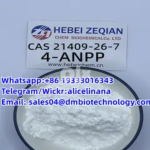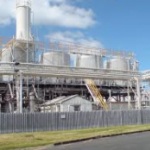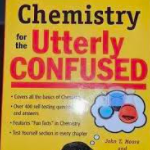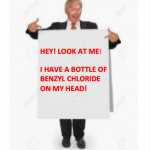4-ANPP is not a term that most of you know but it's hugely important. It is the chemical that is the precursor to fentanyl. Although 4-ANPP is not an opioid, there is not a single thing anyone would do with it except convert it to fentanyl. And there is plenty of 4-ANPP to be had now the bad guys use synthetic organic chemistry to make it.
organic synthesis
Glycated hemoglobin, aka, Hb1Ac, is an important measure of diabetes risk. The name sounds daunting, but the chemistry that forms it is quite simple. Even ACSH scientists might be able to understand this Dreaded Chemistry Lesson From Hell. At least on a good day.
Remdesivir, the most promising anti-coronavirus drug at this time is no fun to synthesize. But Gilead, the drug's maker, is synthesizing a whole bunch of it. Does this tell us anything about whether the drug works? Maybe.
Two of the experimental coronavirus drugs, chloroquine, and hydroxychloroquine are a breeze to synthesize. But remdesivir, possibly the most promising candidate, is anything but. It's a royal pain. Here's why.
Two Arkansas professors were recently charged with making methamphetamine. But the chemical that police found was a simple reagent called benzyl chloride. Are these guys guilty? It all depends on the chemistry.
Some chemicals are so dangerous that even experienced chemists hate to use them. Here's a real doozy. Diazomethane is an explosive, highly toxic gas, which is a carcinogen. It is made from another toxic carcinogen and the chemical that makes Drano work. Aside from that, it's just fine.
A Chinese group just pulled off something that has eluded chemists for decades. Chemists made and isolated a simple, but highly-unstable creation called pentazole for the purpose of studying it as an explosive. And they didn't even blow themselves up.





